When choosing a natural fabric that is 100% cotton, many buyers are confused about which is better - calico or satin. Both types of textiles have their own remarkable features that relate to wear resistance, composition, and the principle of use. Both calico and satin are used mainly to create bed linen. Satin is often used in the process of sewing summer clothes.
- Advantages and disadvantages
- Calico and its characteristics
- Satin material - features
- What fabrics are used to make bed linen
- Optimal fabric density for bed linen
- Calico linen
- How to choose satin underwear
- Differences between fabrics
- Softness
- Wear resistance
- Density
- Price
- How to care for satin linen?
- Reviews of bed linen made of satin and calico
Advantages and disadvantages
When choosing products made of satin and calico, they are easy to distinguish from each other. Satin fabric has a glossy shine, calico is matte. In addition to significant advantages, these fabric options have their drawbacks, albeit minor ones.
Calico has no shine, which does not make the fabric visually attractive. Over time, pellets appear on the surface of the material, which are very difficult to remove.
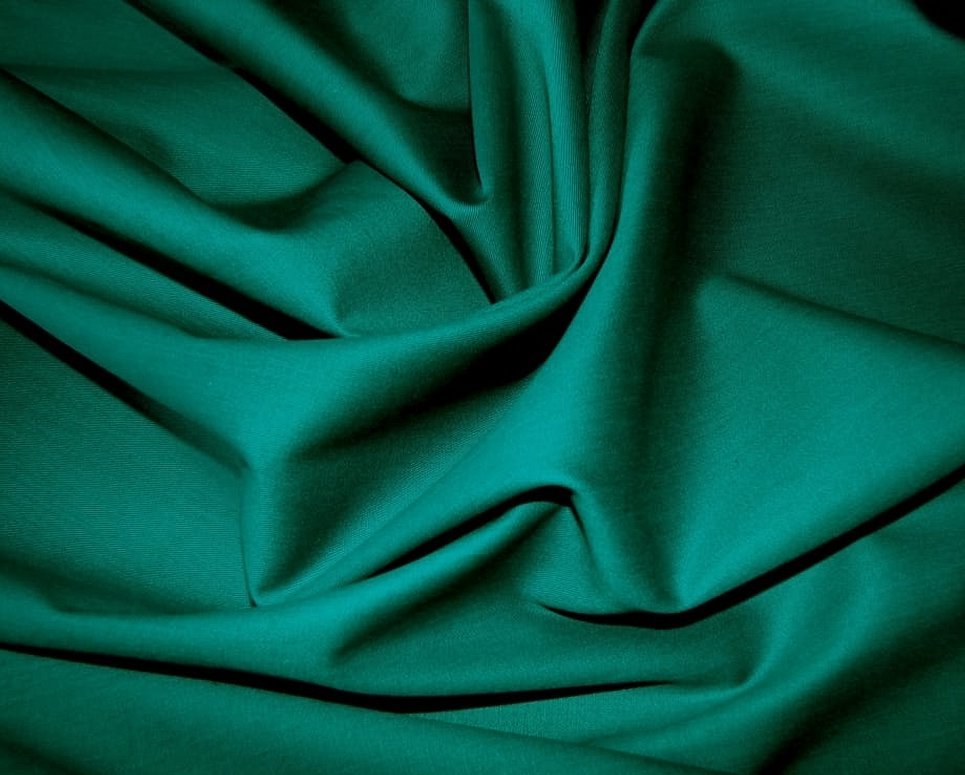
Satin has indirect disadvantages - high cost, the fabric can be quite slippery and therefore does not combine well with silk.
Calico and its characteristics
Calico is a fabric made of 100% cotton. This type of textile has the following characteristics:
- Wrinkles on the fabric can be easily smoothed out without using steam cleaners.
- The texture is dense and pleasant to the touch.
- The cost of the fabric is low.
- The textile has a matte surface without shine or gloss.
- An additional plus is the variety of colors and prints.
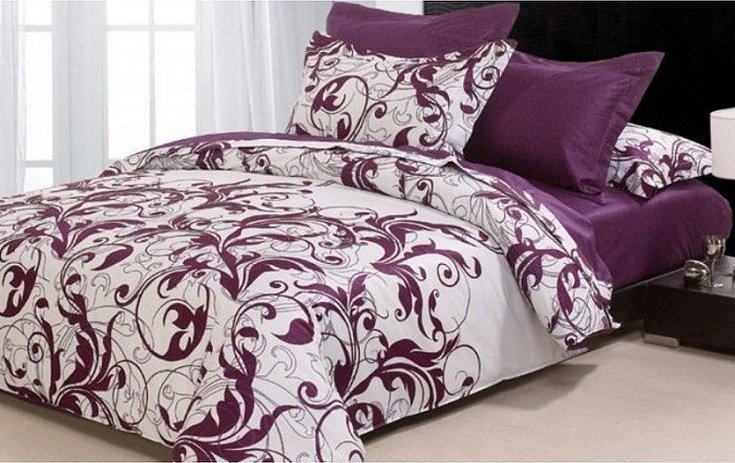
The technology of creation is characterized by a simple process, when thick cotton fibers are intertwined.
Satin material - features
Satin fabrics are made by specially twisting the fibers and laying them across in an elongated manner.
Please note! Due to the manufacturing technology, the distinctive feature is a smooth shine on the front side and a knotty roughness on the back side.
Additional features of the material:
- High degree of hygroscopicity - the fabric absorbs moisture perfectly.
- Low thermal conductivity. The fabric perfectly maintains the set temperature at any time of the year.
- The texture is soft, the fabric is thin, so this option is ideal for making children's clothing.
- The products retain good external characteristics for up to 250 washes.
- The fabric practically does not wrinkle, which allows the textile to be used for drapery.
Important! The material does not cause allergic reactions or irritation if the satin is made from natural fibers.

The synthetic version of satin can cause the body to overheat, all other characteristics will be partially or completely modified.
What fabrics are used to make bed linen
Nowadays, different types of textiles are used to make bed linen, but the standard option remains calico or satin.
Additional information! Satin is the most expensive representative of cotton fabrics.
Only these 2 fabric options are breathable, absorb moisture, do not wrinkle much and are completely eco-friendly. In addition, the color and shape are preserved for a long time after many washes.
Optimal fabric density for bed linen
Each bed linen set made of satin or calico will have individual characteristics. The main one is density. According to the standard, the fabric can have from 85 to 130 threads - this is the best option. Mercerization or calendering is used to strengthen the thin fabric. Depending on the type of fabric, the density can be 85-170. Jacquard fabrics can have more than 220 fibers.

Calico linen
Linen made of calico is popular in many countries. The reason for this is the following features:
- Thanks to its natural composition, it allows air to pass through, allowing the skin to breathe freely.
- The material perfectly absorbs moisture, including sweat.
- Cotton does not allow the generation and retention of static electricity.
- Washes wonderfully. Does not lose color and shape even after repeated washing. Normally, a product made of calico can be washed more than 100 times without losing its aesthetic appearance.
- The products do not accumulate bacteria - the distance between the fibers allows microorganisms to be removed during the washing process.
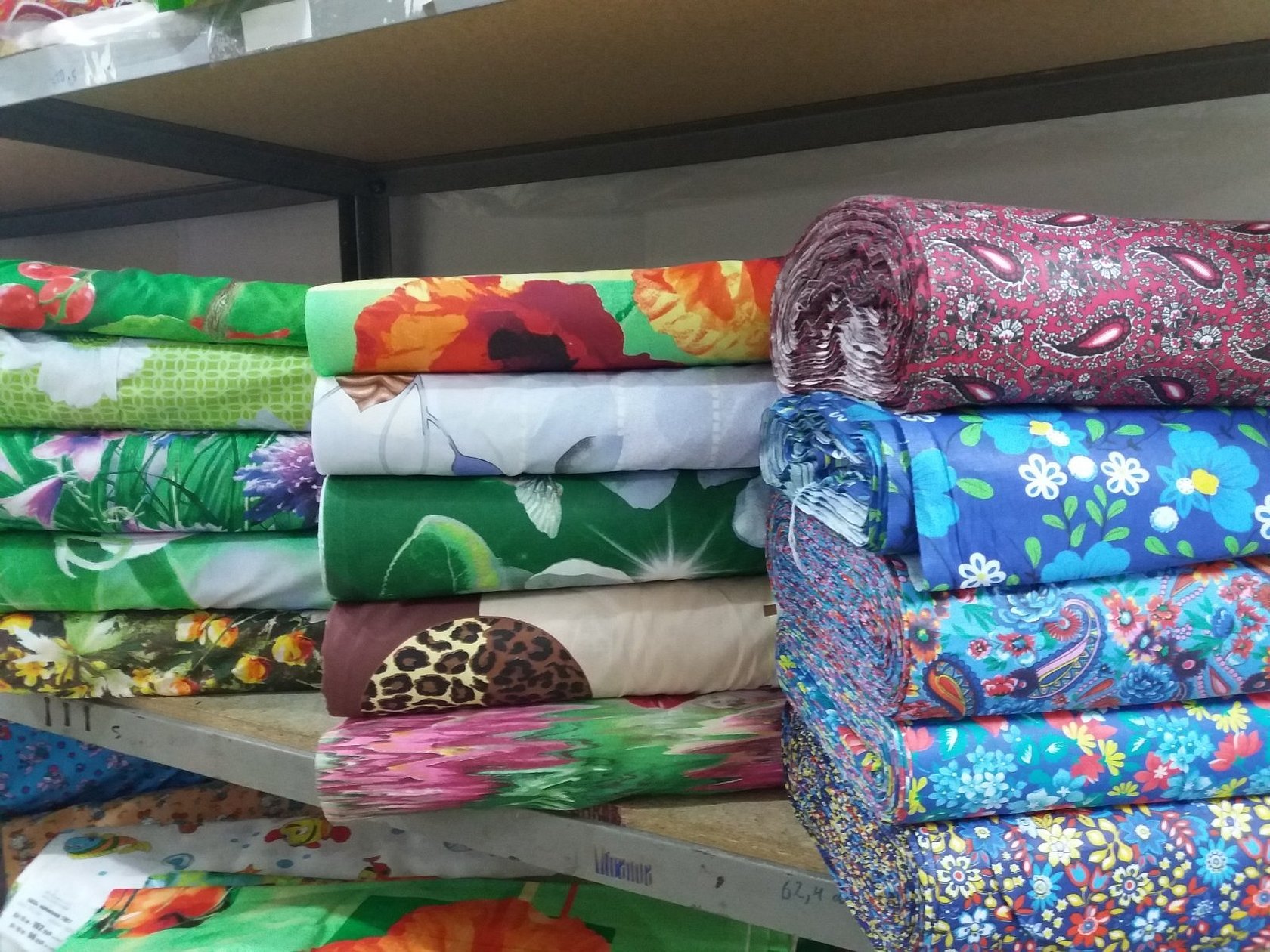
There are many colors of canvases.
How to choose satin underwear
To make the right choice of bed linen, you should pay attention to the following details:
- Pay attention to the composition of the fabric. It should contain only cotton.
- The optimum density should be 120 threads per 1 cm². Density may be indicated in grams.
- It is advisable to choose a canvas with mercerization. This treatment makes the coloring more resistant to fading.
- The sheet, duvet cover and pillowcases should be as smooth as possible; if there are any rough spots on the surface, the fabric will quickly roll up.
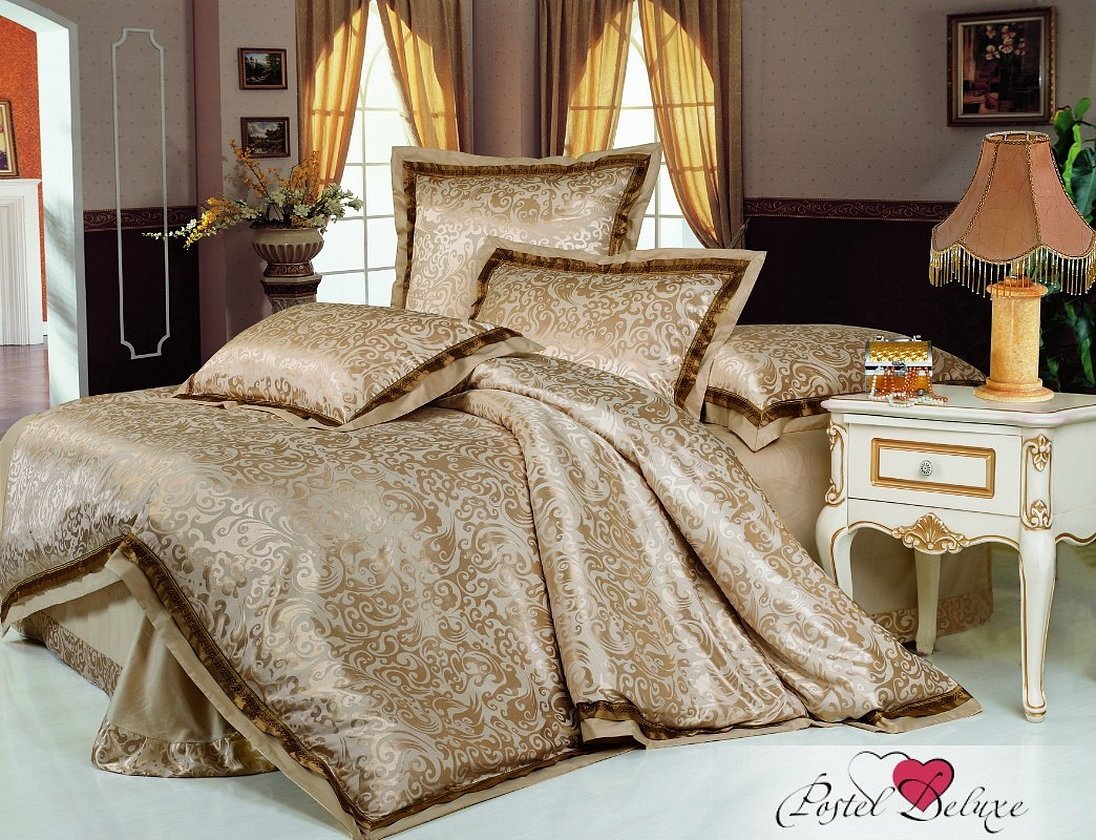
The rest of the selection features are standard when buying bed linen - choosing the preferred color and size, checking the quality of the seams.
Differences between fabrics
The difference between satin and calico is not striking, since both textile options are cotton varieties of textile. However, there are still several points of different characteristics that can influence the choice.
Softness
Calico is a dense but soft fabric. There are no knots or rough transitions of fibers on the canvas. The material is pleasant to the touch. This is a striking difference between fabrics. Satin is rougher and slightly knotty to the touch on the back side. On the front side, it is smooth and slightly slippery. Some types feel like silk, while others are hard, like burlap.
Wear resistance
If the quality of the calico is good, the fabric can withstand about 100 washes without changing its appearance.
Please note! After 200 procedures, the color will become dull and pellets will appear, but the base will remain strong.
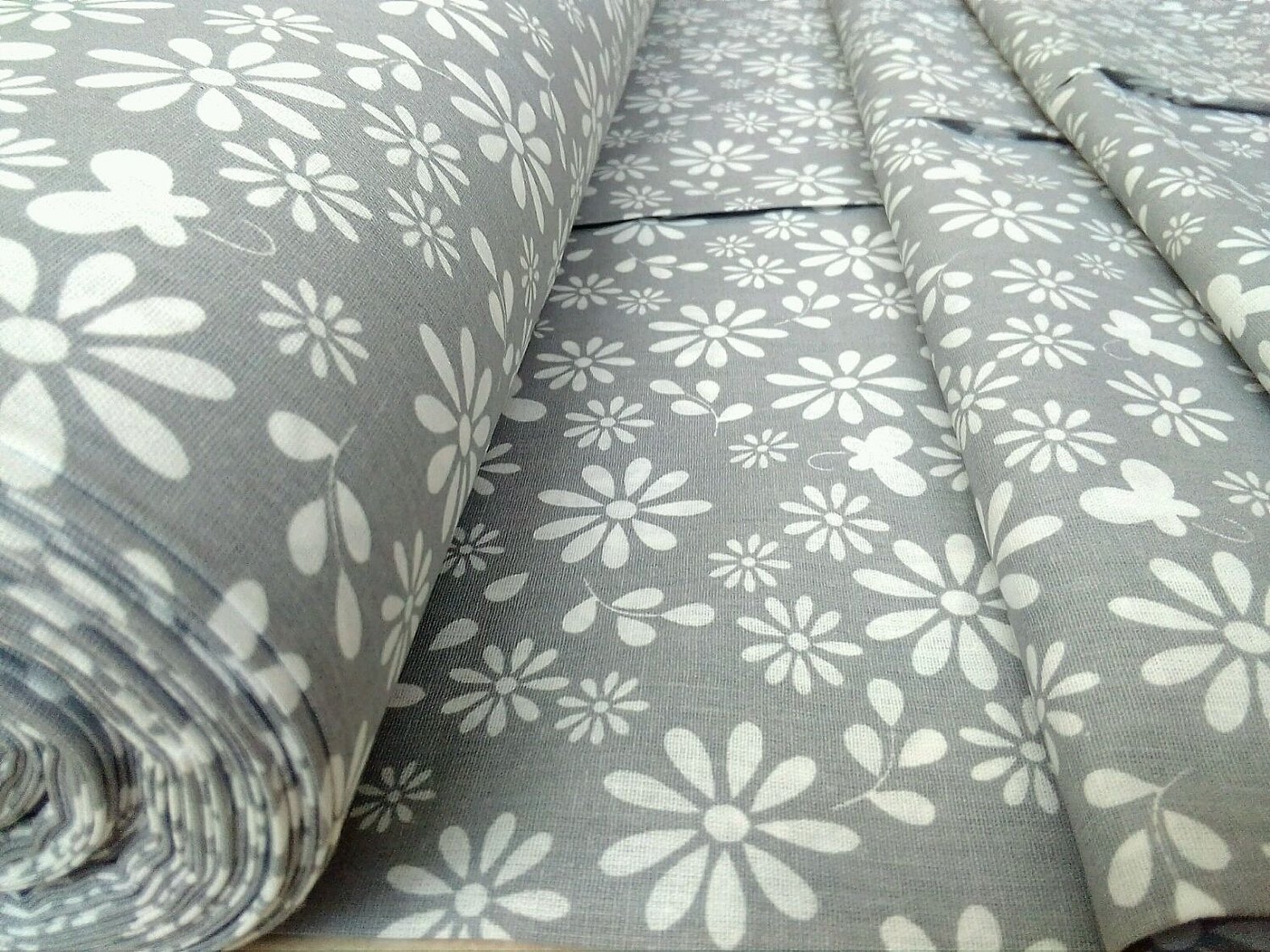
Satin can easily withstand more than 300 washes, and only then can changes in the color scheme appear. After 400 washes, changes in texture will occur, but use can continue.
Density
Calico density can range from 50 to 130 g/cm². The thinner the thread and the higher the density, the more expensive the cut will be.
Please note! The difference in density of different types of satin is striking. The thinnest fabric can have a density of 50 g/cm², and the jacquard type - more than 220 g/cm².
Price
The price will also differ. Satin is much more expensive than calico. The difference is due to the technology of fabric production. The cost of the former starts from 80 rubles/m², and calico - from 38 rubles/m².*
How to care for satin linen?
There are several recommendations regarding steam care for satin linen that will help preserve the attractive appearance of the material for a long time:
- The first and all subsequent washings are carried out at a temperature not exceeding 40 degrees. It is advisable to use the "cotton" mode.
- Before placing fabric items in the washing machine, you need to turn the items inside out and straighten the seams.
Additional information! It is not advisable to fill the drum too much so that the fabric is washed well and the powder is rinsed out thoroughly.
- Before hanging your laundry out to dry, shake each item thoroughly to minimize the amount of wrinkling.
- The fabric can be ironed at the maximum iron temperature of 90 degrees.

Please note! When performing any procedure - ironing, washing, it is recommended to turn the items inside out to preserve the color palette longer and clean the seams.
Reviews of bed linen made of satin and calico
Housewives leave the following reviews regarding bed linen made of calico or satin:
- Maria, 38 years old. I buy bed linen made of glossy and matte cotton textiles. I like both options very much. I use calico in the summer and high-density satin in the winter. In any case, it is better than poplin.
- Ekaterina, 54 years old. I prefer to buy satin sets. I really like the shine and smoothness of the material. In addition, you can choose bright patterns that retain good quality for a very long time.
- Stepan, 62 years old. My wife buys bed linen made of calico. This type of fabric suits me. I used to buy poplin sets, but it is difficult to decide on the quality - there are many synthetic analogues.
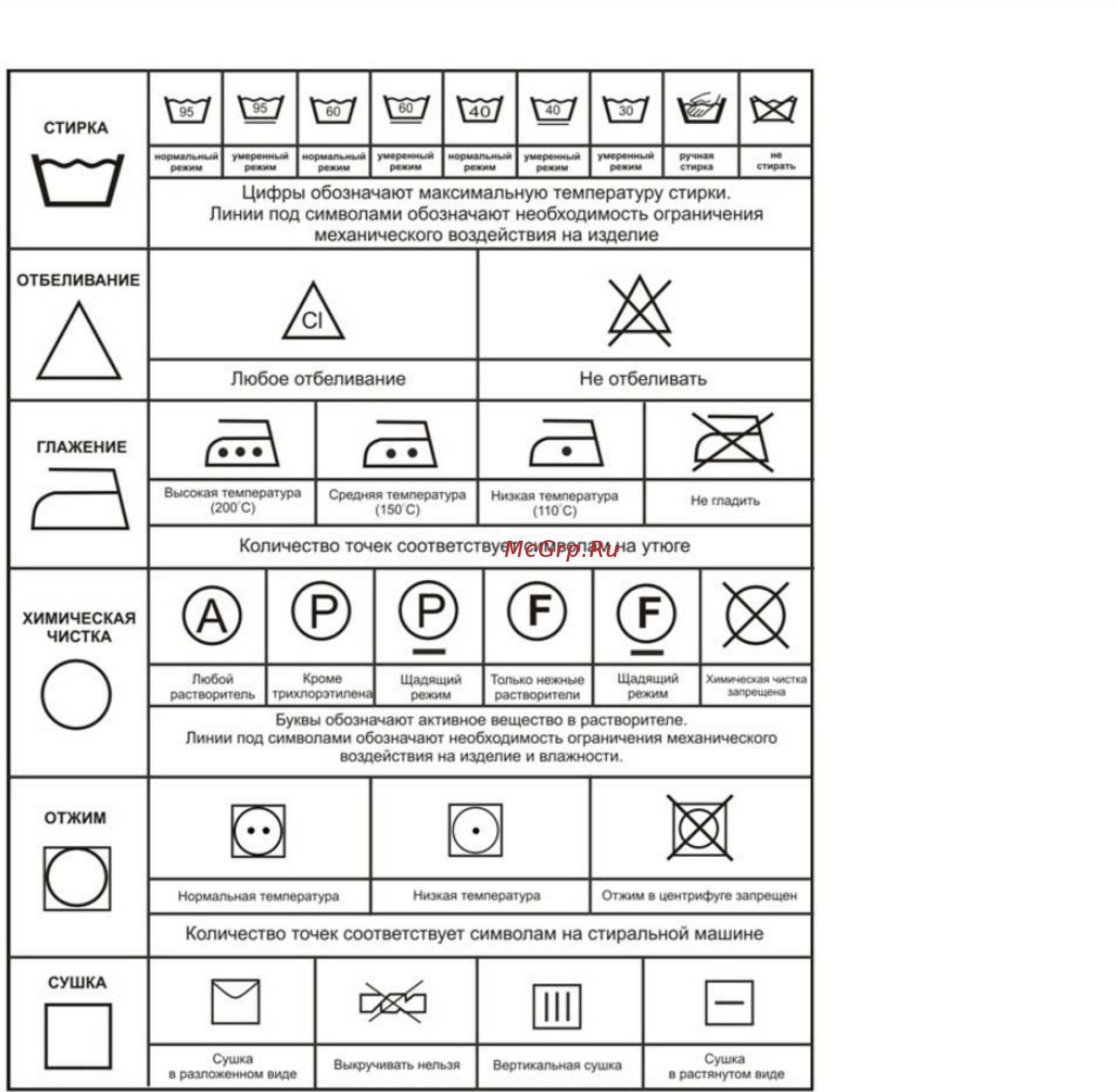
Reviews can be completely opposite, as individual preferences, habits and pricing policy play a huge role.
The technology of textile manufacturing differs from each other, but there is a unifying feature - both options consist of 100% cotton fibers. The fabrics have differences in terms of density and appearance. The pricing policy is also diverse. Bed linen from the presented materials is of the same quality and is appreciated by users.
*Prices are valid as of May 2019.




